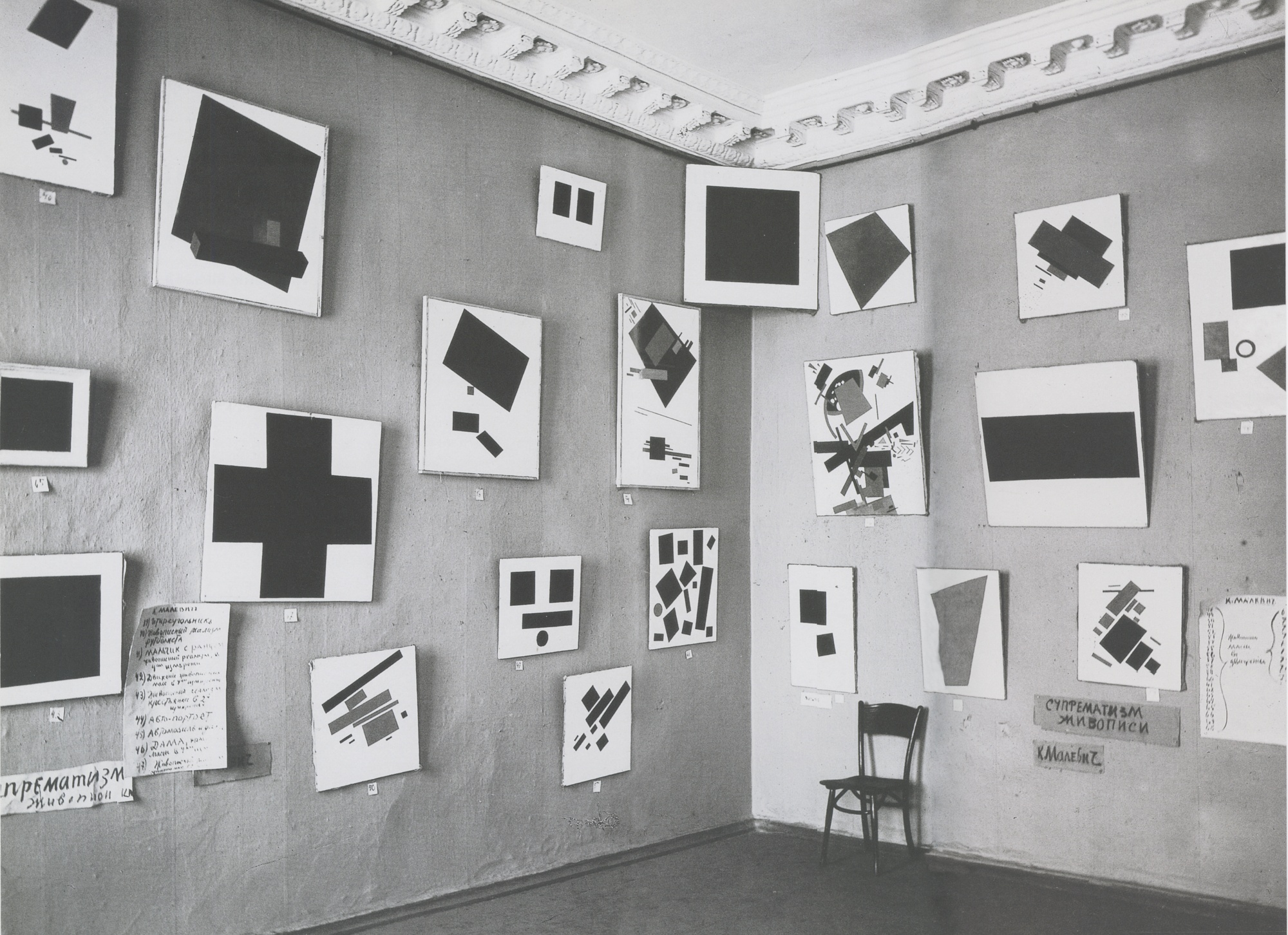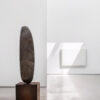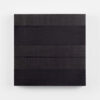There are works of art that were so different, so beautiful, so ugly or so special that they changed the course of art history. Kazimir Malevich’s “Black Square” was one of these special works of art. So simple and reduced in its aesthetics, the reactions and criticism of the time were anything but positive. How could it be that this work caused such a stir? How did Malevich come up with the idea of painting such a work? These are the questions I would like to address in this article.
Born in Kiev in 1879, the artist came from a Polish family and spent his childhood in the countryside in what is now Ukraine. He moved to Moscow in 1904 and began his studies at the Moscow School of Painting, Sculpture and Architecture. At that time, he was part of the Russian avant-garde movement and exhibited his works in various exhibitions. He experimented a lot with different styles such as Impressionism, Symbolism and Fauvism. After a visit to Paris in 1912, he was strongly influenced by Cubism and his style became increasingly abstract and reduced.
In 1913, he was commissioned to design the stage set for the futuristic opera “Victory Over the Sun” by Velimir Khlebnikov, Aleksei Kruchyonykh, and Mikhail Matyushin1. On a stage curtain, he painted a black square. The opera, which rejected rational thinking and questioned traditional meanings and structures, deeply inspired Malevich. This collaboration and the play itself were decisive for his turn to abstraction and the development of his theories.2
Inspired by the desire to create something new and to “free art from the ballast of objectivity”, as he wrote in his book “The Non-Objective World” published in 19273, Malevich was convinced that art should be a pure form and not imitate nature or fulfill practical purposes.
Under Suprematism, I understand the supremacy of pure feeling in creative art.
Kazimir Malevich
As art was often misused for propaganda purposes in the past, he argued that the true order should be built on the eternal values of art, as it is timeless in contrast to technological creations.4
Malevich wrote down these revolutionary ideas in his manifesto “From Cubism and Futurism to Suprematism“, which he published at the beginning of 1915. In doing so, he laid the foundation for this new art movement. The square was to be the central symbol of Suprematism. For him, it represented a universal and fundamental shape that was intended to convey the basic principles of visual language without referring to concrete or narrative meanings. Instead, pure, unadulterated feeling was at the center of Malevich’s artistic work.4
At the end of the same year, he exhibited his “Black Square” at The Last Futurist Exhibition “0,10” at the Dobytčina Gallery in Petrograd (now St. Petersburg, see fig.1), thus officially introducing Suprematism.1 A total of 14 artists exhibited their works at the exhibition, with the “Black Square” being a highlight of the show. Malevich positioned the work in the upper corner of the room, just as a Russian Orthodox icon was typically hung in many households.

Critics and the public were disappointed and confused by Malevich’s hanging and the extremely abstract artwork. They saw it as a loss of traditional art values.5 Malevich himself was not at all surprised by this criticism. He believed that masterpieces by famous painters such as Raphael, Rubens or Rembrandt were often reduced merely to their aesthetic or technical quality, while their emotional or conceptual content was neglected. The audience “did not understand that here the feeling had taken on an external form.”6
Yet despite all the criticism, Malevich’s work was something groundbreaking at the time. He strove to push into areas that went beyond the purely visible and focused exclusively on perception and emotion. For him, a black square symbolized pure feeling, while the white field represented the infinite void or space that existed beyond that feeling.7 Malevich believed that his non-objective art could be a more direct form of representation of emotions and mental states. Thus, the square became a central element of Suprematism and a symbol for a “new and direct form of representation of the world of feeling.”7 In the years that followed, he created several more versions of the “Black Square”.
The black square on the white field was the first form in which non-objective feeling came to be expressed. The square = feeling, the white field = the void beyond this feeling.
Kazimir Malevich7
His thoughts were absolutely revolutionary for the time. He challenged conventional views of art and helped pave the way for modern abstract art. And despite all the criticism, his ideas resonated with many artists, designers, and architects. But particularly in terms of the perception of art, he did crucial pioneering work.
With Suprematism, Malevich wanted to represent a universal visual vocabulary that could evoke direct and unmediated emotional or aesthetic responses. (I recommend an interesting essay by Remy Dean on this very subject)
However, in 2015, a routine examination of the painting called Malevich’s actual meaning and intention into question. Art historians found a previously unknown pencilled message in the lower-left corner of the first painting from 1915. Although the exact wording of the inscription is partially illegible, the inscription appears to refer to a work by Alphonse Allais, namely a satirical print with the provocative and racist title “Combat de nègres dans une cave pendant la nuit” from 18978. This discovery was a sensation both in Russia and internationally and raised questions about the actual meaning and intention behind Malevich’s “Black Square”.9
Irina Vakar, the lead researcher of the investigation, however, suspected that the inscription was not written by Malevich himself, but was added by someone who wanted to make fun of the painting.1
Regardless of the speculation about his inspiration and intention, Malevich established a turning point in art history with this work. The painting remains a symbol of the confrontation with the fundamental questions of art and the “Black Square” will forever be considered one of the most important works of art that challenged the art world.
Further Reading / Resources
- https://en.wikipedia.org/wiki/Black_Square
- https://www.tate.org.uk/art/artists/kazimir-malevich-1561/five-ways-look-malevichs-black-square
- Kazimir Malevich, The non-objective world, Theobald, 1959, p. 68 (pdf version here)
- Kazimir Malevich, The non-objective world, Theobald, 1959, p. 7
- Kazimir Malevich, The non-objective world, Theobald, 1959, p. 8
- Kazimir Malevich, The non-objective world, Theobald, 1959, p. 74
- Kazimir Malevich, The non-objective world, Theobald, 1959, p. 76
- https://publicdomainreview.org/collection/alphonse-allais-april-fools-album/
- Khadija von Zinnenburg Carroll and Dina Gusejnova, Malevich’s Black Square under X-ray: A dialogue on race, revolution and art history, p. 7 (pdf version here)


